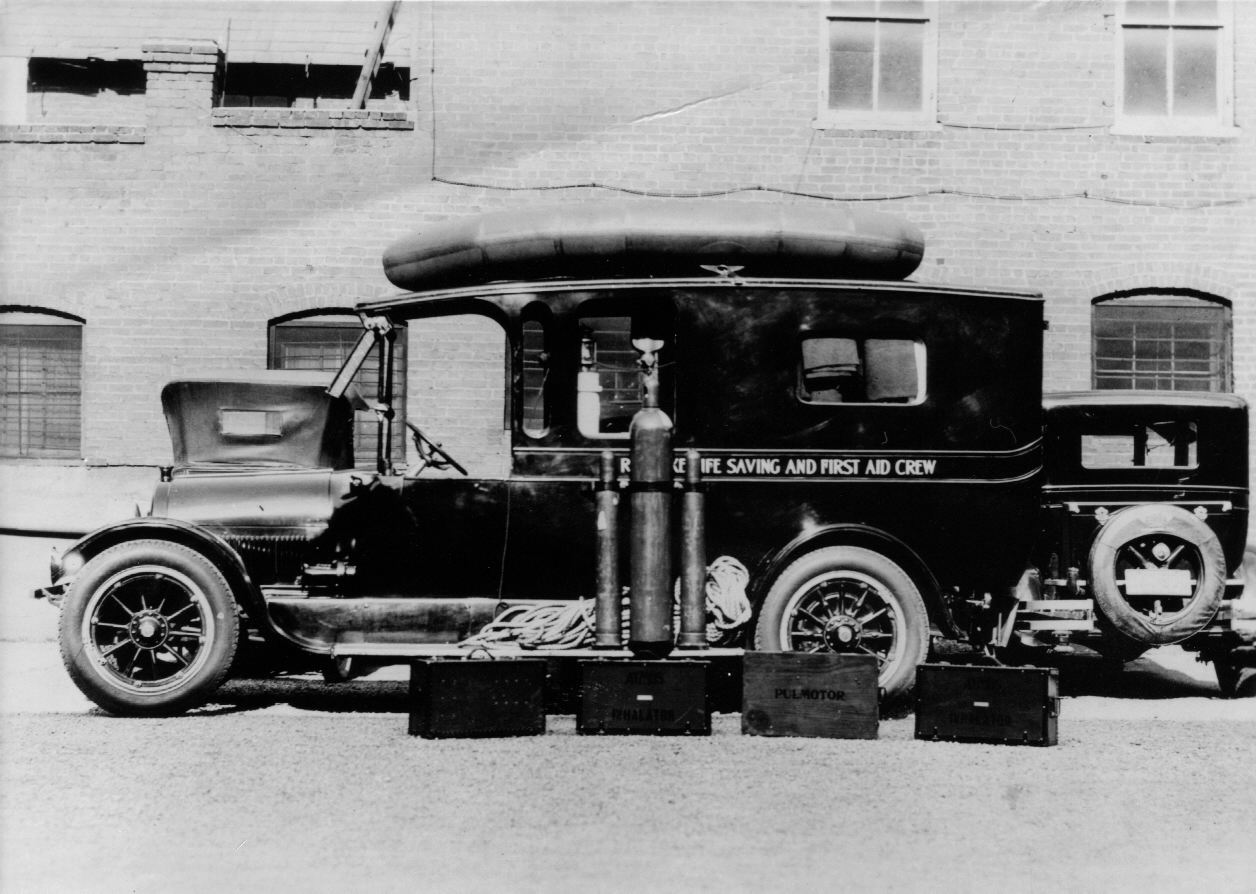
Excerpted from EMS in the United States: Fragmented Past, Future of Opportunity by Donnie Woodyard, Jr.
Those who have been involved in EMS for a long time often refer to themselves (and are often referred to by others) as “EMS dinosaurs.” Though EMS dinosaur status does not have a precise unit of measurement, as someone who has been involved in EMS for 45 years as of this writing, I suppose I qualify. I’ve also had the privilege of close associations with the generation of EMS dinosaurs that came before me, some of whom were acknowledged “founding fathers” of the
EMS profession. So, I have had a front row seat, either as a direct participant, or as a recipient of firsthand accounts, of EMS throughout almost its entire modern history. I’ve come to terms with my EMS dinosaur status, largely because it allows for an unparalleled vantage point from which to assess the state of affairs of a profession to which I have dedicated my entire working life.

I answered my first ambulance call in 1978. For the first 30 years, I can say with the benefit of hindsight that the pace of progress in EMS was glacial at best. Nothing, it seemed, was revolutionary – it was barely evolutionary – and painfully so. Many practices – both operationally and clinically – were done simply because “we’ve always done it this way” (which Admiral Grace Hopper correctly said was “the most dangerous phrase in the language”). While EMS still clings to some of these anachronisms (red lights and sirens, anyone?), we’ve entered, and are firmly entrenched in, the era of evidence-based practices. The implications have been profound.
In comparison to the snail’s pace of progress in EMS I witnessed in my first 30 years, I believe that the past 15 years have been a time of breathless and exciting change. How energizing it has been to see the unflinching gaze of data and evidence topple so many sacred cows.

Everything we do deserves fresh scrutiny. Why does everyone who calls 911 require a full EMS response? Why do we run “hot”? Why does every response require transport to an acute care hospital? Can some conditions be effectively managed outside the hospital? Can some patients be transported to destinations other than acute care hospitals to effectively manage their conditions? Can telehealth play a role in more appropriately providing out of hospital care?
The future belongs to the next generation of EMS leaders, and the ones after that. But past is prologue. To build a future we must understand the past. We must learn from our failures as well as from our successes. The future of EMS will be what you – our future leaders - make it.

As we venture forward, it is important to remember that the history of our EMS holds the blueprint for its revival. Its future lies in the lessons learned from its past, the ingenuity of its present leaders, and the promise held by innovations yet to come. The EMS system's ongoing commitment to the well-being of the American people is a testament to its resilience and importance.
Donnie Woodyard Jr., MAML, NRP, has an extensive three-decade-long career in the field of Emergency Medical Services. Previously, Donnie served on the Board of Directors for the National Association of State EMS Officials and was an ex-officio member of the Colorado Emergency Medical Practice Advisory Council. He also served in state and federal roles such as the State EMS Director for Louisiana, the Chief of the Emergency Medical & Trauma Services Branch for the State of Colorado and the Chief Operating Officer for the National Registry of EMTs.

